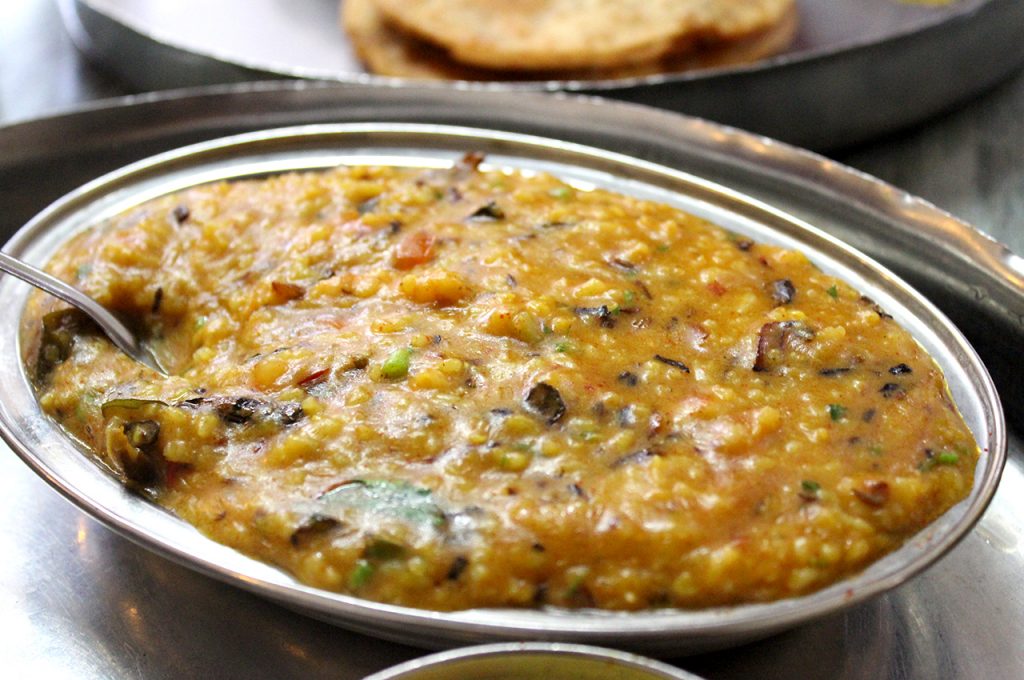A man’s sole reason for existence is to praise his Gods and build a legacy that will last long after he’s dead and gone. Whether it’s setting up a restaurant that satiates bodies and souls for generations, or creating a website and recycling articles from 2016 because everything is closed and the cops will take your car and beat you with lathis to keep you safe from corona, we all do what we must to fulfil our destinies. While many restaurants will fail in the days and weeks to come as the world we know disintegrates because a few Twitter users with sociology degrees are terrified of you breathing, it’s certainly reassuring to look to institutions that survived similarly stupid and tumultuous periods in human history and how they managed to thrive to this day:
Café Leopold, 1871
We don’t like foreigners. And we really don’t like being charged exorbitant amounts of money. But it’s almost impossible not to love Café Leopold, not least because of its unique position in the pivotal events that forever changed Bombay. The food is somewhere between above average and good, and we’d even go so far as to say that their Beef Chilli was so brilliant and memorable that it almost made us overlook the fact that we paid a small fortune for the Pesto Cream Chicken Pasta; that tastes like it was made in a lab. What really makes it worth the visit however is just the overall atmosphere of excitement, the extremely tasteful posters of Marilyn Monroe, and perhaps most importantly; the fact that they serve curiously gigantic mushrooms straight out of Alice In Wonderland.
Kyani & Co, 1904
If Leopold Café is proof that greatness is a good way to maintain something for more than a century, Kyani is proof that mediocrity isn’t exactly a deal breaker either. It may not conform to traditional standards of restaurant excellence like good food or servers who don’t look like they want to kill you when you ask them for a recommendation, but whatever they’re doing seems to be working. We can at least respect the fact Kyani still looks authentically colonial; unchanged since it first began, and if we’re being totally honest, the Mava Cake would warrant at least one visit.
Pancham Puriwala, 1848
It’s the 1840s. Bombay’s railway line has yet to kill its first commuter, the central banks that control the human race are still decades away, and somewhere in Fort, a man from the North-Western Provinces is setting up a food stall that serves nothing but puri bhaji. That humble cart would later grow into Pancham Puriwala, an institution that lives to this day, and serves some of the finest food you can get for double digit prices. Serving the working classes may not seem particularly glamorous, but there’s no denying that their puri bhaji is unforgettable, with its earthy flavour and complex blend of spices.
Do you know an older restaurant somewhere in the city? Let us know on Instagram and we’ll go there and bother them with our large cameras.
